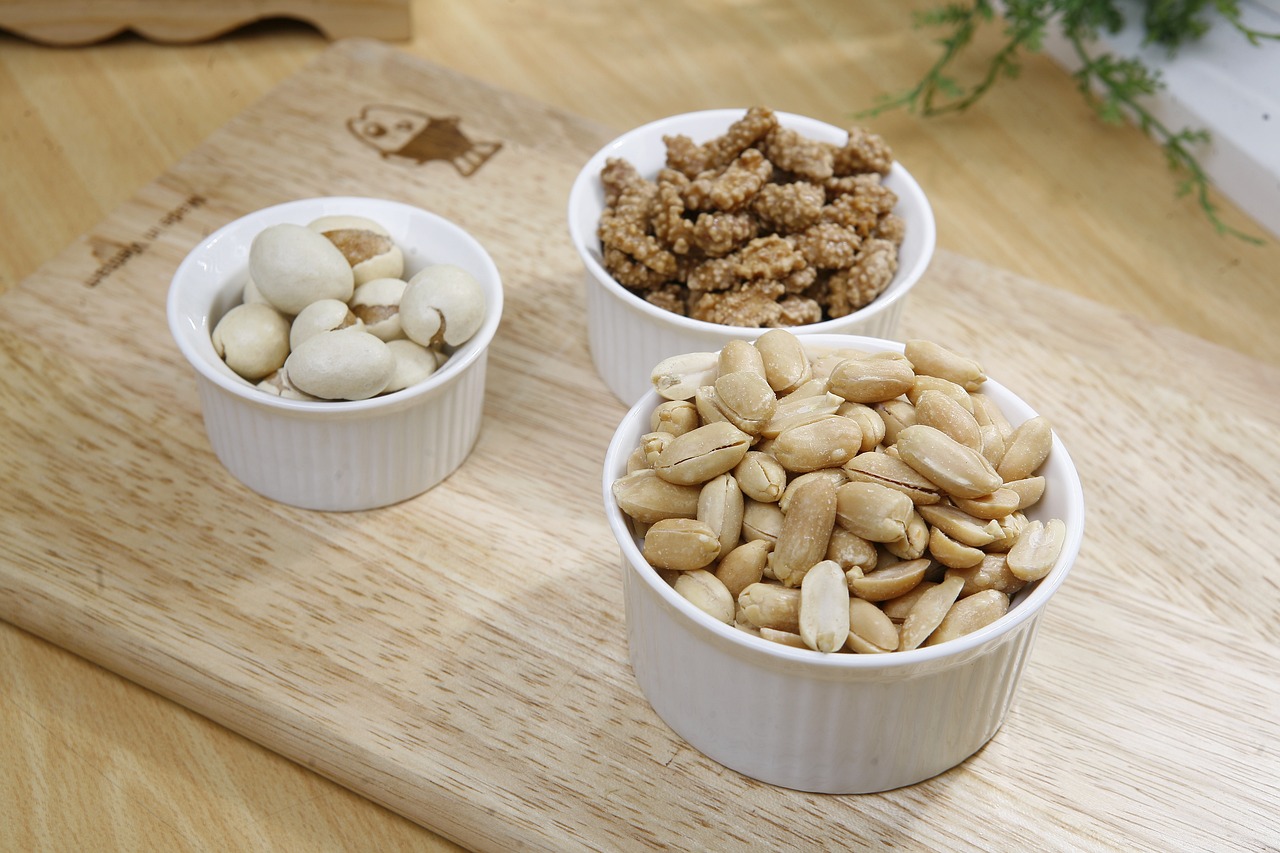When the heat wave comes, it is important to have knowledge and a strategy to protect the residents and the staff.
This article is written from a Swedish perspective. Hopefully, it can inspire those interested from other countries.
Almost every summer there is a period that is designated as a heatwave. This greatly affects those living in nursing homes. Yet, few nursing homes are designed to provide a comfortable indoor climate regardless of the season. Therefore, the staff must have good routines to deal with the heatwave. By taking measures, the staff at nursing homes can ensure that the residents and even they themselves are protected from the potentially dangerous effects of heatwaves and that their well-being is promoted even during the hottest days of the summer.

A big difference is that food stores often have a customer perspective throughout the organization. Is there a lack of connection between health care planners and the reality of care?
The difference became very clear one day, a hot summer day, when I walked into an ICA supermarket and felt that it was cool and comfortable in the store. It was pleasant for those of us who were there. Afterwards, I was to visit my sick granddaughter, Saga, who was cared for in a hospice. There it was 30 degrees warm. Patients suffered in the heat. Newspaper reports came daily from nursing homes, hospitals and emergency departments where both staff and patients suffered from the heat.
My grandchild had a close friend who had made sure she was able to borrow a cooling unit, which meant that inside Saga's room it was comfortable these hot days, but for most others who receive care, it is not like that. It should not be the case that contacts determine whether someone gets coolness or not.
Effective Strategies for Protecting Residents During Heatwaves in Elderly Homes
When summer temperatures rise, heatwaves can pose a danger to the elderly in nursing homes. In order to ensure their well-being and health, staff need to take appropriate measures to protect them from the negative effects of heat. Here are some strategies that can be used to keep residents safe during heatwaves.
Heatwaves kill people. When I worked in long-term care at the end of the summer of 1976, it was 33 degrees in the department. Within a week, nine patients died. Patients with cardiovascular disease, lung disease and kidney disease are at the greatest risk, but also people with diabetes, obesity, disabilities, neurological disease, mental illness and dementia have an increased risk. In addition, medication for certain diseases can have serious side effects during a heatwave.
During a heatwave, the Swedish Meteorological and Hydrological Institute (SMHI) sends out a message for local measures to be implemented when the temperature is expected to be at least 26 degrees for three consecutive days.
The elderly and chronically ill are especially vulnerable. During a heatwave, there are general advice to health care and care staff:
- Be aware of the indoor temperature.
- Pull curtains, blinds and lower awnings.
- Encourage increased fluid intake.
- Alcoholic and sweet drinks should be avoided on very hot days.
- Cool showers are effective, alternatively a wet towel around the neck.
- Physical activity should also be reduced during the hottest hours.
- Contact a nurse if someone shows signs of elevated pulse, body temperature, increased respiratory rate, dizziness fatigue, dry mouth, or decreased urine output. Too little intake of fluid leads to the blood becoming more concentrated and the risk of blood clots increases.
Regular monitoring: Staff should regularly monitor the health of residents, especially during periods of high temperatures. This includes being aware of symptoms of heat stroke such as dizziness, confusion, vomiting and rapid heartbeat.
Fluid intake: Make sure residents get enough fluid by offering water regularly and encourage them to drink even if they are not thirsty. Avoid drinks with caffeine or alcohol as these can increase the risk of dehydration.
Cool areas: Create cool areas within the nursing home where residents can seek shelter from the heat. Use air conditioning if available or use fans to circulate the air and lower the temperature.
Light clothing: Encourage residents to wear light and loose-fitting clothing that helps keep them cool. It may also be advantageous to use cooling towels or ice packs to help lower body temperature.
Education and awareness: Make sure staff is well trained in recognizing symptoms of heat stroke and knows how to act if needed. Also inform residents and their family members about the importance of being aware of heat waves and what measures should be taken to avoid health problems.
Reflection Questions - Heatwave
Care staff:
- What do you do to reduce the suffering and risks for residents when it's hot?
- Do you have good preparedness and well-informed employees for the summer?
- Does it work to keep windows closed and to give extra drinks, offer cool showers, etc?
Manager, nurse, occupational therapist and physiotherapist:
- What are you doing to prepare the operation for the next heatwave?
- Is there good heatwave preparedness at the residence?
- Are there cooling units and fans at home if the need arises?
- Do you keep an eye on the temperature in the medicine room?
Residents and relatives:
- Does the residence have good routines and conditions to handle a heatwave?
Erland Olsson
Specialist Nurse
Sofrosyne
Better care every day

Aktuellt i media
-
2025-04-14 04:00
08 Förebyggande o lokaler
The art of furnishing a nursing home, a balancing act between homeliness, functionality, and hygiene aspects.
info -
2025-04-10 04:00
04 Bemötande
Waking up in a nursing home - is the morning routine adapted to each individual's needs?
info Bild: Pixabay
Bild: Pixabay -
2025-04-07 04:00
09 Mat och måltid
For the elderly, it is often important to eat many snacks in order to get enough nutrition.
info Bild: Pixabay
Bild: Pixabay -
2025-04-03 04:00
04 Bemötande
What creates safety in elderly care homes - advice and tips on creating a secure environment for the residents
info -
2025-04-01 00:00
10 Aktivitet o funktionsbevarande arbetssätt
Reminiscing, working with memories, is an activity that creates a lot of added value for people with dementia.
info - 2025-03-31 04:00 05 Planering

